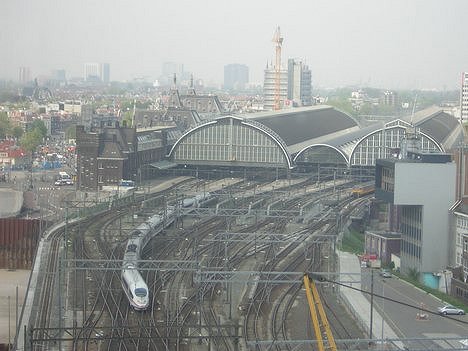

 Wikipedia Sitemap |
|
|  Useful Links 1 Useful Links 2 |
The city is pretty near to the centre of the country, with the logical result that the trade routes of old crossed here. So when the railroads came, they also crossed here and thus it became a busy marshalling yard. I found it very interesting to see them trains coming in from opposite directions.
From where I was, you had a perfect view of the whole doings going on. The B W Lane, the name of the road, was about 8 to 10 meters higher than the railway yard, and ran along the whole distance.
Many times, I watched when the long freight trains came to a halt. The big locomotives got out of the way, then the much smaller shuttle engines went to work taking the train apart, moving the different cars to different sidings. And in the end, they would put a new train together.
In the meantime, the big locomotive with the four or six sets of huge driving wheels got turned around on the rotunda, filled with water and coal, and got ready to ride again. It sure was a sight to see - the only trains I had ever seen before in my life were the ones I could hear from our house going through the country 800 meters away and always in a hurry. But here you could observe more closely the aspect of rail roading.
When a passenger train came in, they always seemed to be rushing. The ones from the direction of Amsterdam came in fast all the way through the yard and only slowed down when they came close to the station where they would apply the brakes and come to a screeching stop. Freight trains came in at a slumbering pace and came to a halt anywhere in the yard, spewing and hissing steam. How they made sense out of them hundreds of cars, tracks and sidings, I never figured that out.
Related resources:
